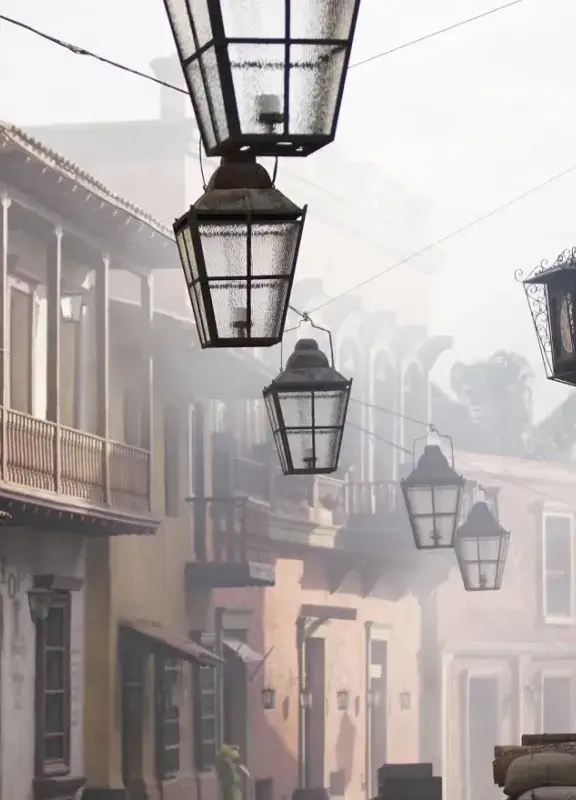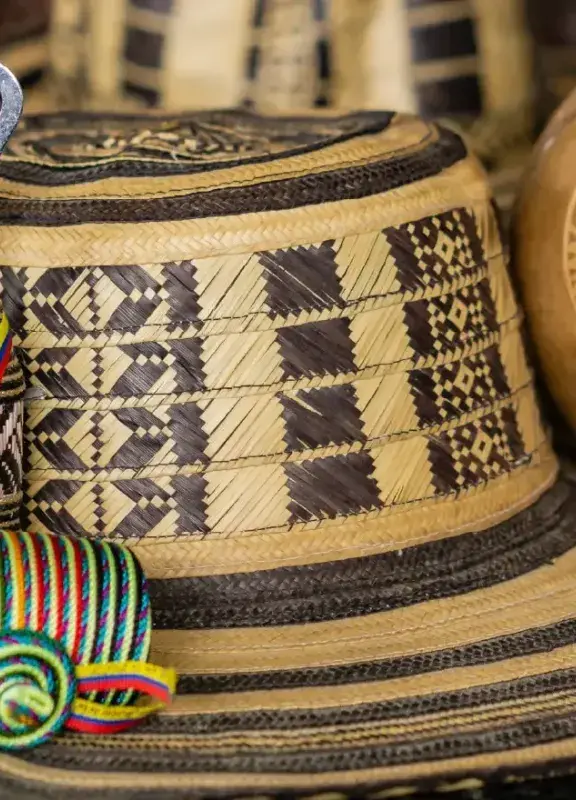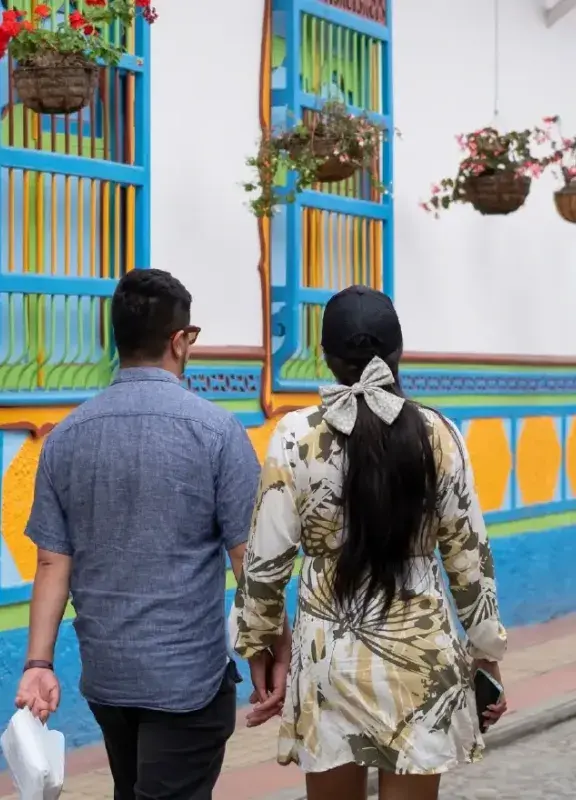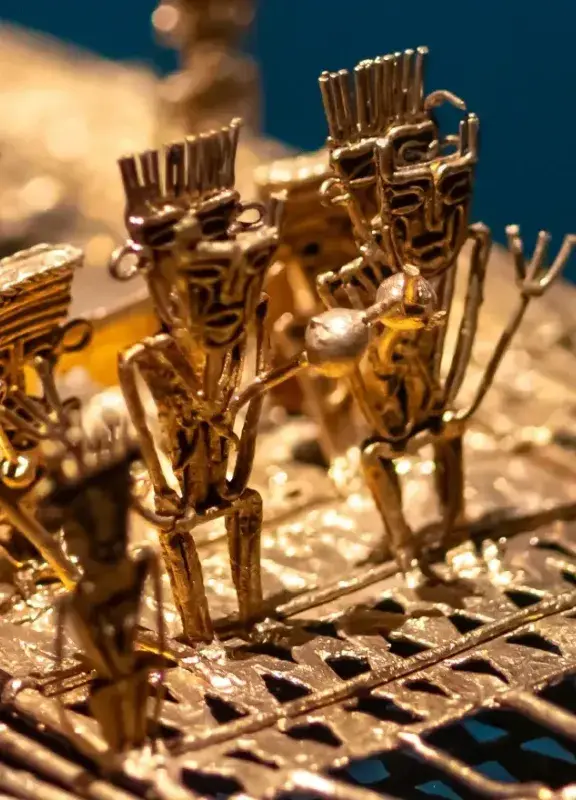Five facts you probably didn’t know about Bogotá’s architecture
Bogotá is a city of outstanding architecture, unique among its Latin American counterparts for its fondness for red brick and interesting buildings designed by architects who couldn’t resist mingling their modernism with the capital’s colonial beauty. Here are five facts you probably didn’t know:
Chapinero's most modern building is actually its oldest
Walk past the square, monochrome building in Bogotá's Chapinero Alto and you'd be forgiven for thinking it was the newest home in the neighborhood. In fact, Casa Trujillo, built on the corner of Calle 58 with Carrera 3a in 1953, is a Colombian heritage site and one of the oldest on the block. It was designed by Swiss architect Victor Schmid for the Colombian graphic artist Sergio Trujillo, who lived there his entire life.
You may also enjoy: Five Colombian neighborhoods you must visit
Torres del Parque's architect lived in the towers until he died
Bogotá’s iconic “Park Towers” in the city center were such a success their architect, Rogelio Salmona, lived there until he died in 2007, even though the three towers, built from 1964 to 1970, were his first major project. Salmona, a Colombian architect who, like Victor Schmid, worked under Le Corbusier, designed the duplex apartments with their curved profiles and stepped balconies for poorer families but they are now home to the capital’s intellectual elite.
You may also enjoy: A look at Rogelio Salmona’s work
The National University's campus is really "The White City"
Colombia’s National University campus is the largest in Colombia, some 300 acres that includes 17 buildings considered national treasures. It was the first university campus built in Colombia and was mostly the work of German-Colombian architect Leopold Rother, who incorporated a bit of Bauhaus into his white, prismatic buildings with their stucco coatings. The campus, built from the late 1930s to the mid 1940s, then became known as “The White City”.
The Archbishop used to live in the Botero Museum
The Botero Museum of the Banco de la Republica is one of the capital’s most popular museums. This colonial house, in La Candelaria, had been home to the city’s archbishops since Archbishop Antonio Claudio Alvarez de Quiñonez bought it at the beginning of the 18th century. It burned to the ground in 1948. Fernando Botero, Colombia’s most famous artist, was heavily involved in restoring the house and turning it into a free museum. He donated 123 of his own works plus 85 from his private collection of world-renowned artists.
You may also enjoy: 7 curiosities about the Colombian artist Fernando Botero
Bogotá has an underground city
Thousands of people walk past the ornate, caged entrance to a secret Bogotá every day with no clue where it leads. Just like Paris, Beijing and Edinburgh, Colombia's capital has an underground city of its own. Below its city surface lies a 1,500m labyrinth of tunnels and chambers, almost a hundred-years-old, including a dilapidated theater. Some are now used as rehearsal spaces by Distrital University’s arts’ faculty, which hopes to expand and restore more of this curious underworld. Architecture that tells the story of a city through the ages? Live this experience in Colombia.
 Welcome, you are in
Welcome, you are in 













